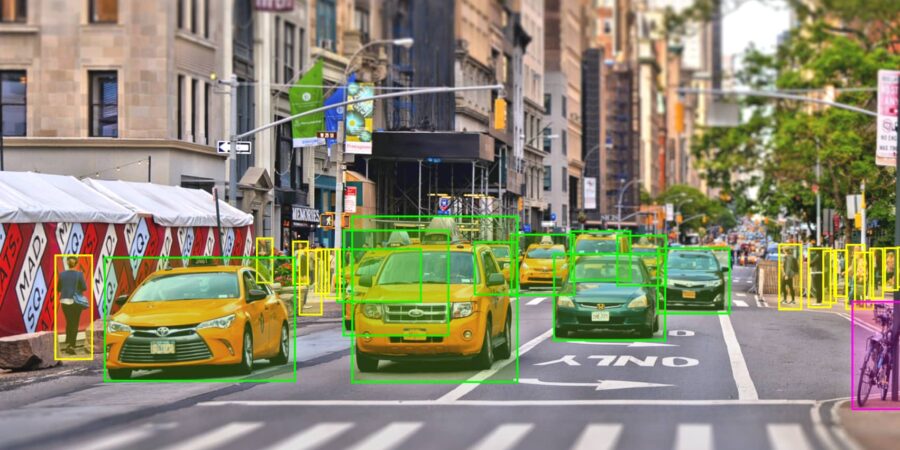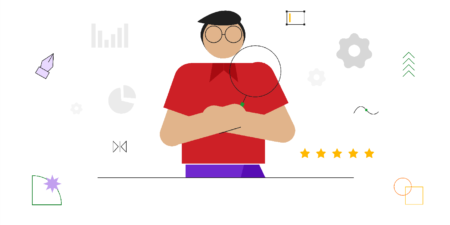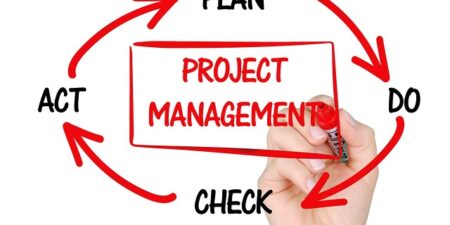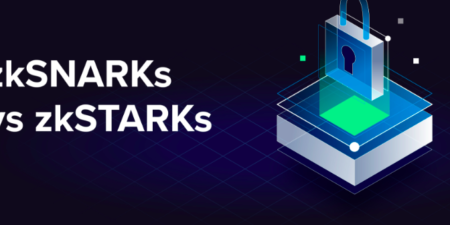Data annotation is the sidekick of the star that is artificial intelligence (AI). It is the invisible unglamorous contributor that underpins much of the AI stage, which is redefining what technology means and reshaping our relationship with it.
The AI scene is moving rapidly and so is annotation. The advancements of both these entities have made them more intertwined. Annotation has helped AI systems to not just learn but transfer its learning to annotation itself. We could thus see more automated annotation in 2024.
Even so, data annotation services are growing unimpeded: the market size of data collection and annotation is projected to grow at a compound annual growth rate of 28.9% leading up to 2030, to a market size of $17.1 billion.
What else is in store in the data annotation landscape, in particular, for data annotation companies, in 2024 and beyond?
Data Annotation Landscape in 2024—and beyond
-
Advancements in AI and machine learning
Artificial intelligence systems, thanks to advancements in machine learning, have become exceptionally good at what makes them good in the first place: annotation. AI tools are not only expected to help speed up data annotation but also to enhance the quality and consistency of training datasets for AI/ML solutions.
Techniques such as computer vision can be used to automatically assign tags and labels to images contributing to more accurate and efficient annotation of images. And generative AI based on large language models (LLM) can be harnessed for text annotation.
Both of these—and all the rest—are still highly flawed and cannot be solely relied upon but they hold plenty of promises. We could witness some promises fulfilled in 2024.
-
Human-AI collaboration in data annotation
AI tools for data annotation are catching up but they are still behind humans by quite a long way. Most automated data annotation systems are non-deterministic, meaning that identical inputs can lead to very dissimilar outputs. This makes them inconsistent and the results inaccurate.
But they are getting better. In one study, published in the Proceedings of the National Academy of Sciences in July 2023, the accuracy of an AI system based on LLM outperforms that of crowd-workers in text annotation tasks for data sets it has not been explicitly trained on (also known as zero-shot accuracy). But it is inconsistent, whimsical even, with output varying depending on prompts and identical repeating inputs.
This calls for caution in the deployment of AI systems for data annotation, especially for zero-shot annotation. And the output of machine annotation needs to be thoroughly validated and verified by humans with domain expertise. We could see in 2024 further exploration of novel ways of collaboration where human annotators work in tandem with AI systems.
-
Increase in need for specialized and domain-specific annotation
As the adoption of AI continues to gain pace, there is a growing demand for specialized annotation that reflects the need for precision in training machine learning models for specific domains. This will gain even more traction as more industries join the AI fray.
A lot of these industries—for example healthcare, finance, and legal—have unique data characteristics with low generalizability and high stakes. Specialized data annotation services tailored to the specific hallmarks and challenges of the domains will be needed. This will ensure relevance to the intricacies of particular industries or applications, resulting in more accurate and context-aware models.
-
Emergence of new data types
The proliferation of new data sources, such as IoT and other connected devices, wearables, and virtual and augmented reality devices will generate a vast array of unstructured and multimodal data types. This will bring about the need for new techniques and tools for annotating complex and heterogeneous data.
It will also usher in not just complexity in annotation tasks but new kinds of tasks as well. Data annotation for multimodal data will require tools and techniques that can fuse data from different sources. And annotations for features like text or emotions in audio, for instance, require nuanced understanding.
-
Privacy-preserving data annotation
Data annotation often means laying the data bare. This comes into conflict with privacy. The issue is particularly sensitive and acute in novel pervasive healthcare solutions that require extensive annotated data, both to train systems for the detection of activity, behavior, and symptoms and to evaluate the reliability of the systems. This is a concern as well as a challenge both for data fiduciaries and data annotation service providers as annotation involves humans reviewing plaintext data for candidate records.
Solutions exist and we should see more privacy-preserving data annotation techniques being adopted in the coming years. Blind annotation protocols based on homomorphic encryption, for instance, allow humans to collaboratively annotate and establish ground truths without sharing data in plaintext with other parties. Another viable option is to outsource data annotation services only to certain third party providers with robust security and privacy protocols.
This would allow robust annotation without being intrusive. Development of techniques that allow for effectiveness while preserving sensitive information, aligning with privacy and security concerns are welcome.
The unchanging change
As AI technology evolves and permeates, so does data annotation, the unsung hero that enables much of machine learning. From fueling the development of autonomous vehicles to enhancing the diagnosis of medical conditions, data annotation plays an indispensable role in advancing AI. This is thanks in no small part to the numerous and diverse groups that supply data annotation services for machine learning solutions.
And as AI and ML applications become more sophisticated, the demand for high-quality data annotations will only grow. AI tools will become vital too in the task of data annotation but humans will remain indispensable.
The data annotation landscape is changing rapidly. And so is annotation itself. But, right now, it is safe to say that the necessity of data annotation will remain unchanged.









